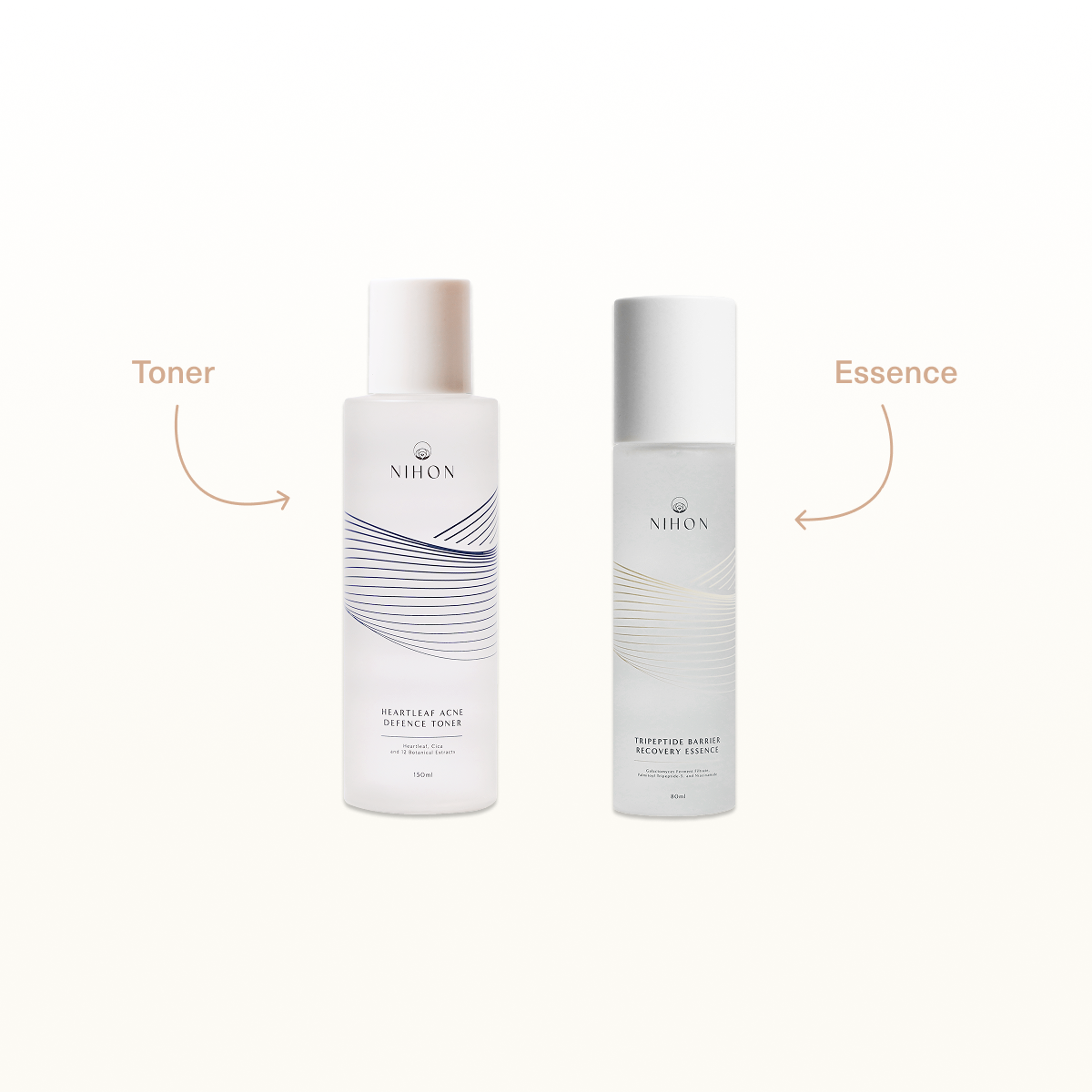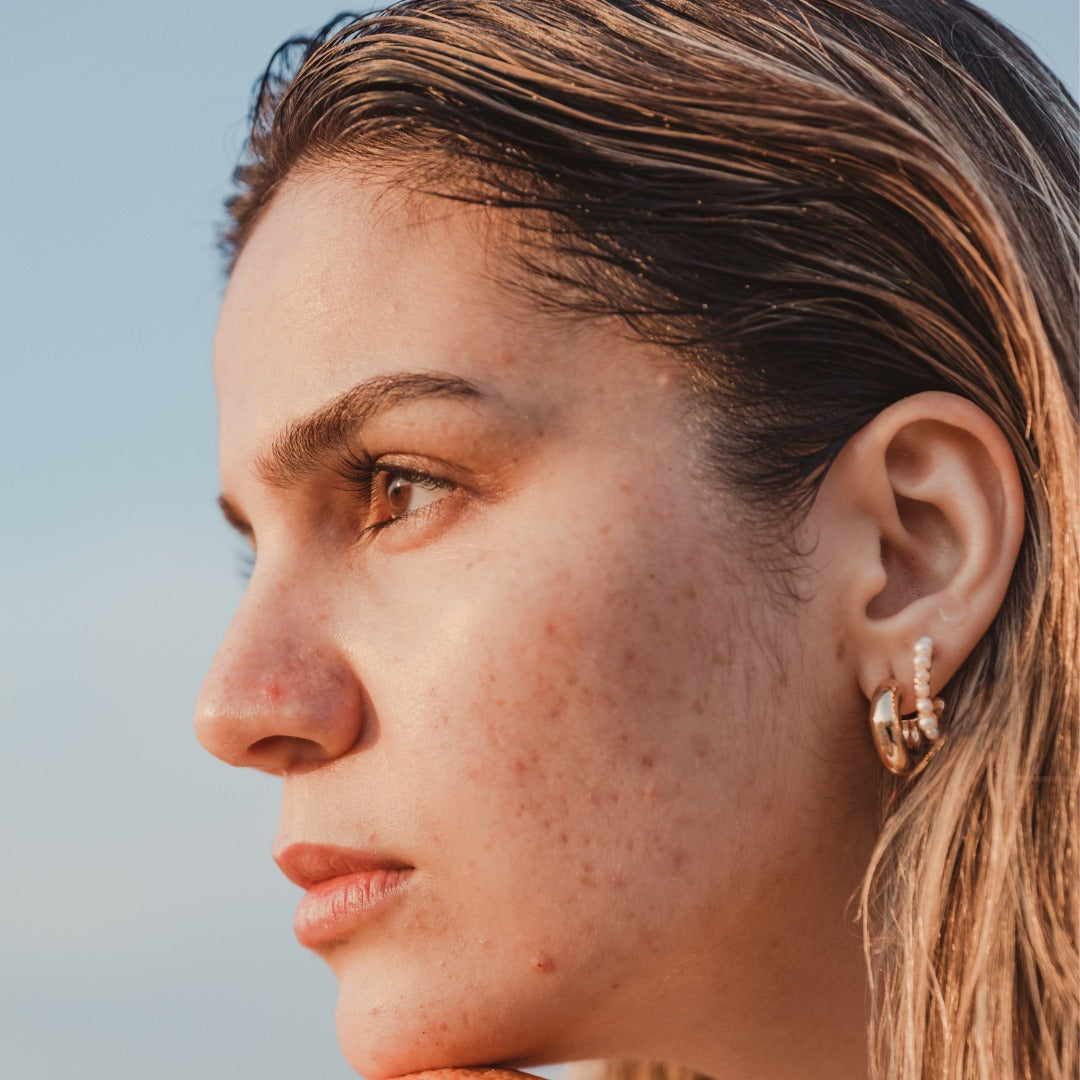Introduction
Dark spots (hyperpigmentation) affect millions of people worldwide, leaving patchy discoloration that undermines skin confidence. Whether caused by sun exposure, post‑acne inflammation, or hormonal changes, knowing how to get rid of dark spots starts with understanding why they form. In this guide, Dr. How—a consultant dermatologist with 15+ years of experience—breaks down the causes of dark spots, the best dark spot treatments, and daily habits to keep your complexion clear.
What Are Dark Spots?

Dark spots, or hyperpigmentation, occur when melanocytes produce excess melanin in localized areas. They often appear as:
-
Age spots (lentigines): From cumulative sun damage over decades.
-
Post‑inflammatory hyperpigmentation: After acne, eczema, or injury.
-
Melasma: Hormone‑related patches common in pregnancy or with certain contraceptives.
Unchecked, these spots deepen over time and become harder to fade—making early action crucial.
Top 5 Causes of Dark Spots
-
Sun Exposure
UV radiation triggers melanocytes to ramp up melanin production. -
Acne & Inflammation
Skin trauma from breakouts leads to localized discoloration. -
Hormonal Changes
Fluctuations during pregnancy, puberty, or from birth control. -
Genetics & Age
Some skin types are more prone to pigmentation, especially with age. -
Medication & Medical Conditions
Certain drugs or endocrine disorders can spark hyperpigmentation.
How to Get Rid of Dark Spots: Dermatologist’s 4‑Step Guide
-
Melanin Inhibitors
-
Niacinamide, Kojic Acid, Alpha Arbutin block excess pigment at the source.
-
Look for serums or creams listing these in the top five ingredients.
-
-
Cell‑Turnover Accelerators
-
Retinoids (Retinol, Tretinoin) speed up skin renewal to shed pigmented cells.
-
Start with a low concentration 2–3 times per week to minimize irritation.
-
-
Antioxidant Brighteners
-
Vitamin C (Ascorbic Acid) neutralizes free radicals, brightens existing spots, and supports collagen.
-
Choose stable formulas (e.g., MAP or SAP derivatives) for better shelf life.
-
-
Natural Brighteners
-
Licorice Root Extract, Mulberry, Bearberry offer gentle lightening properties for sensitive skin.
-
Often found in plant‑based or “clean” skincare lines.
-
Tip: Patch‑test new actives on a small area for 48 hours to rule out irritation.
If you're looking all these ingredients perfectly balanced in a bottle. Check out this moisturizer!

Why Sunscreen Is Non‑Negotiable
Even the most potent dark‑spot treatments fail if you skip daily sunscreen. Broad‑spectrum SPF 30+:
-
Prevents new pigmentation from forming.
-
Maintains results from active ingredients.
-
Shields against UVA (aging) and UVB (burning) rays.
Apply every morning—and reapply every two hours if you’re outdoors—to keep dark spots at bay.
This sunscreen is lightweight but also blocks a broad range of UV Rays. Check it out!

Frequently Asked Questions (FAQ)
Q1: How long does it take to fade dark spots?
A: With consistent use of targeted actives and sunscreen, expect to see improvement in 8–12 weeks.
Q2: Can I combine retinoids and vitamin C?
A: Yes—apply vitamin C in the morning and retinoids at night to maximize efficacy and minimize irritation.
Q3: Are natural brighteners as effective as clinical ingredients?
A: They’re gentler but may take longer to show results; combine them with melanin inhibitors for best outcome.
Q4: Should I use chemical or physical sunscreen?
A: Both work—choose what feels most comfortable and reapply religiously.
Q5: When is professional treatment needed?
A: If over‑the‑counter options stall after 3–4 months, consult a dermatologist for treatments like chemical peels or laser.
Conclusion
Tackling dark spots is a marathon, not a sprint. By understanding the causes of dark spots, employing a four‑step treatment plan, and never skipping daily sunscreen, you’ll be well on your way to clearer, more even‑toned skin.



